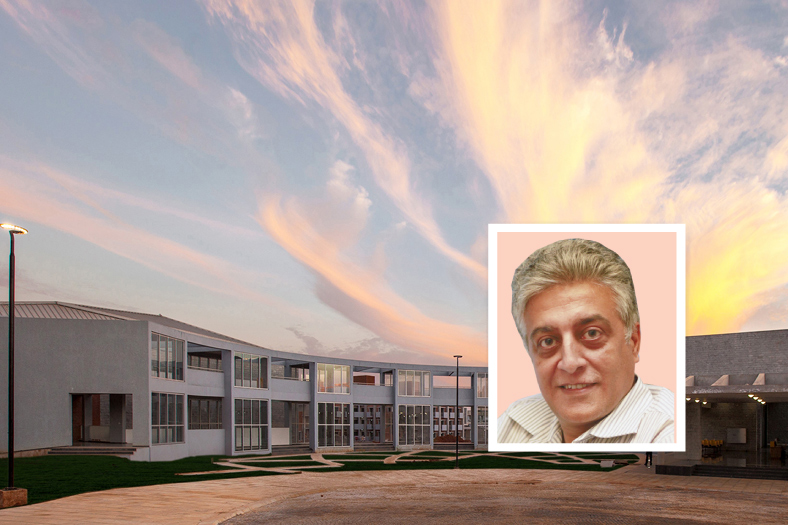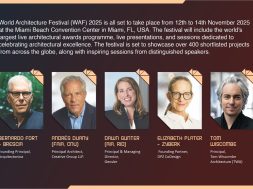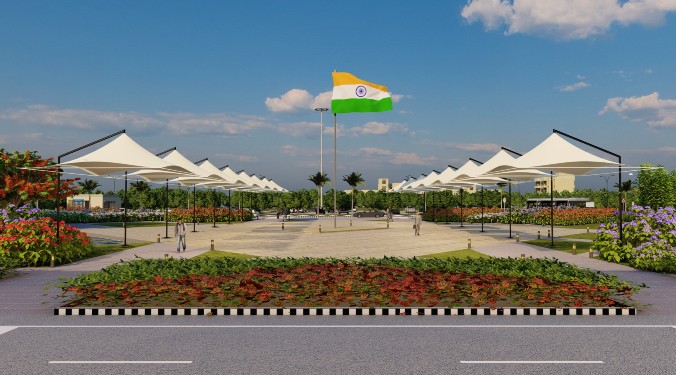
Sustainability should embrace the interplay of environmental performance, social responsibility and economic accountability.
Ar. Naresh V Narasimhan, Head, Venkataramanan Associates
Sustainable construction’ for today’s needs
“Sustainability is one of the world’s most talked about, but least understood word. Its meaning is often clouded by differing interpretations,” says Ar. Naresh V Narasimhan, Head, Venkataramanan Associates. “There is a tendency for the subject to be treated superficially. However, the basic aim of sustainability is to meet the present day needs for infrastructure without compromising on the ability of the future generations to meet their needs.”
Ar. Narasimhan believes that sustainability should embrace the interplay of environmental performance, social responsibility and economic accountability. He adds, “Sustainable construction isn’t necessarily outstanding environmental performance at the cost of a company going out of business, nor is it outstanding financial performance at the cost of unfavourable effects on the environment and communities. Sustainable development is a goal rather than a ‘perfect’ solution.”
Building sustainable structures
“One of the major focuses of this ever-progressing trend of sustainability is to reduce the impact of buildings on the environment; to achieve zero ecological footprints,” says Narasimhan. While high-end large scale structures absorb scientific concepts of sustainability to be eco-technic, small scale building establishments are processed to be mostly material-centric. Architects now understand the importance of sourcing relevant materials found within a certain radius distance to be vernacular, and hence truly sustainable. This outlook coupled with sustainable construction processes weave in sustainability at the early onset of a project, he adds.
Modern structures fuse with sustainability through features related to rain-water harvesting methods, grey-water treatment through bio-swales, green add-ons in landscape design, intelligent lighting systems, glazing, etc. Glazing is extremely popular among clients for the look it renders, as architects we use glass to optimise day-light in a building. High performance glass facades bring in light and reduce heat gain. BiPVs (Building integrated Photo Voltaic) are being used for making buildings self-sufficient in terms of energy consumed and contributing to the grid. In fact, the add-on features in a building may also mean sourcing mechanical equipment that is green-rated by a relevant board like the BEE (Bureau of Energy Efficiency). This way, the operating energy of a building measured in kW-h can be brought down. Several other active measures like the radiant slab cooling, efficiently using grey water, Occulux sensors and high performance envelopes are few strategies of building green architecture that are showing substantial optimisation of energy and are hence gaining popularity, he adds.
Most significant sustainable structures executed
The International Centre for Theoretical Sciences (ICTS) of the Tata Institute of Fundamental Research (TIFR) in Bangalore by Venkataramanan Associates, is a contemporary sustainable campus which integrates passive design principles with strategies for energy efficiency and water conservation. The master plan of the 17 acre campus constitutes a ground coverage of only 18 per cent, conserving the existing the natural landscape of the site and minimizing the carbon footprint. The campus accommodates the workings of a high-tech institution fostering scientific discussions. The requirement of evoking constant communication among users like professors, scholars, etc. has been considerately achieved through the orientation of the building blocks around a diagonal axis and the many levels within. The diagonal axis sprawling from the entry plaza of the academic block to the open-air amphitheatre highlights the surrounding open spaces. The academic and seminar blocks envisage open corridors and exhibition walks making them habitable and 80 per cent daylight.
The various scales of spaces adapts consequently to users in various numbers to congregate and interact. This is apparent through the multi- functional library block with an inverted-cone form, which switches reading spaces to classrooms and office spaces as and when required. The material palette of the built forms and landscape include vernacular materials like Sadarhalli granite, wire cut bricks, stone and exposed concrete. The master plan addresses ‘urban sustainability’ through a pedestrian-friendly design and an overall combination of loosely integrated and low-rise building blocks results in a low-density campus sprawl – an important sustainability factor.
Cookie Consent
We use cookies to personalize your experience. By continuing to visit this website you agree to our Terms & Conditions, Privacy Policy and Cookie Policy.









